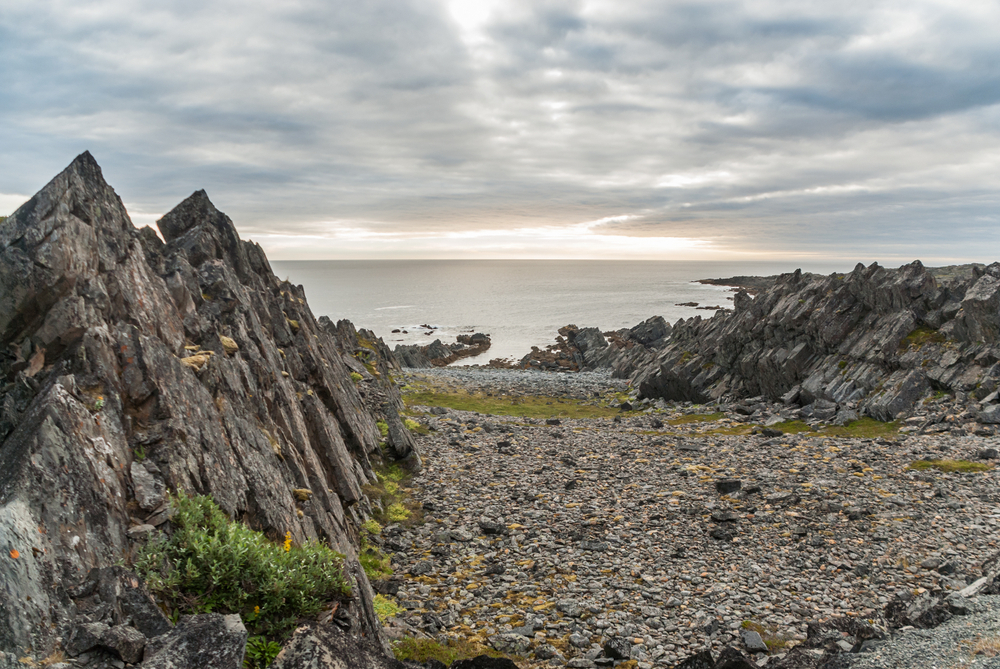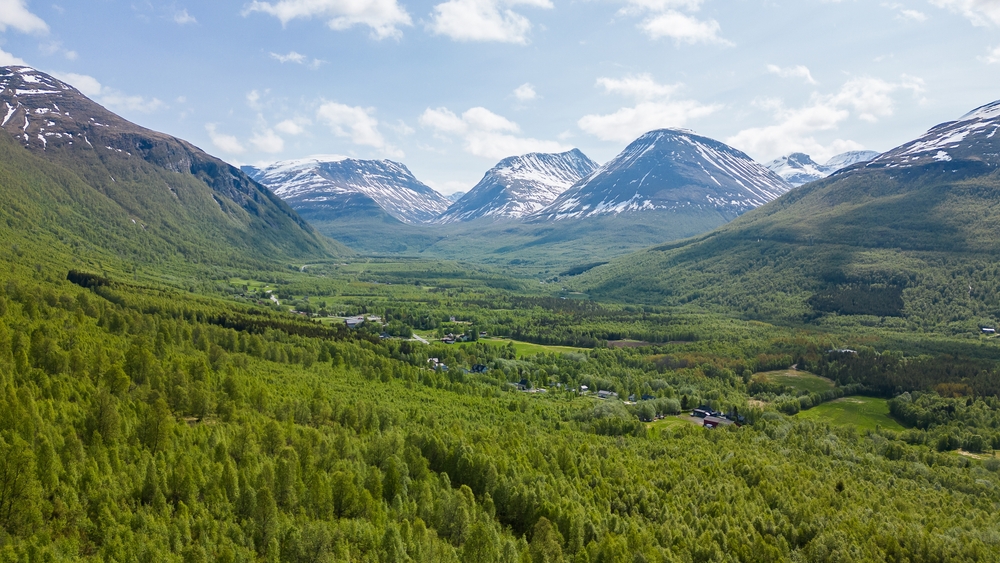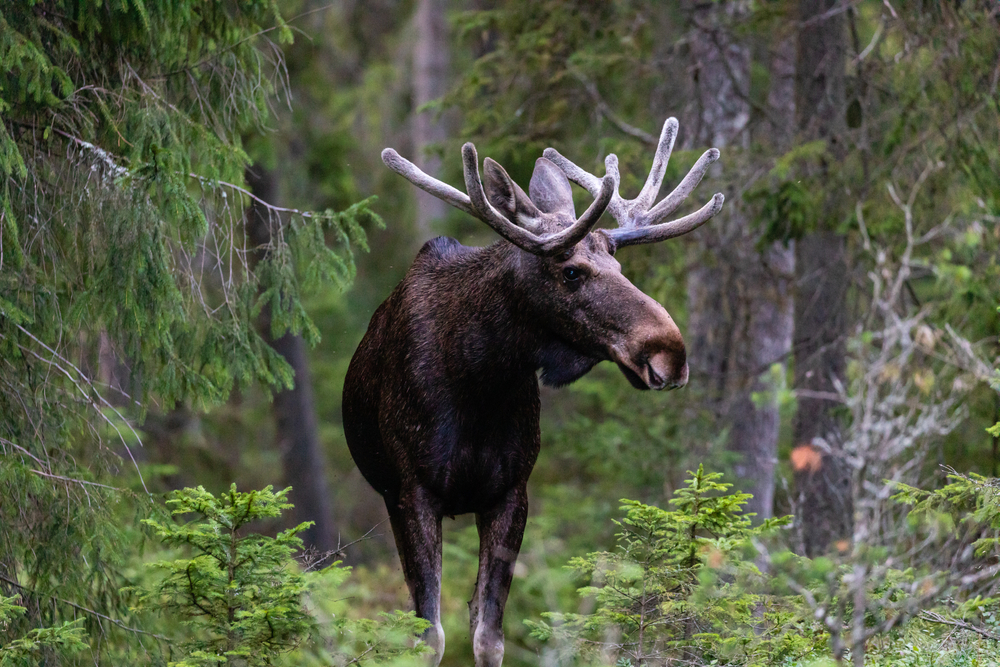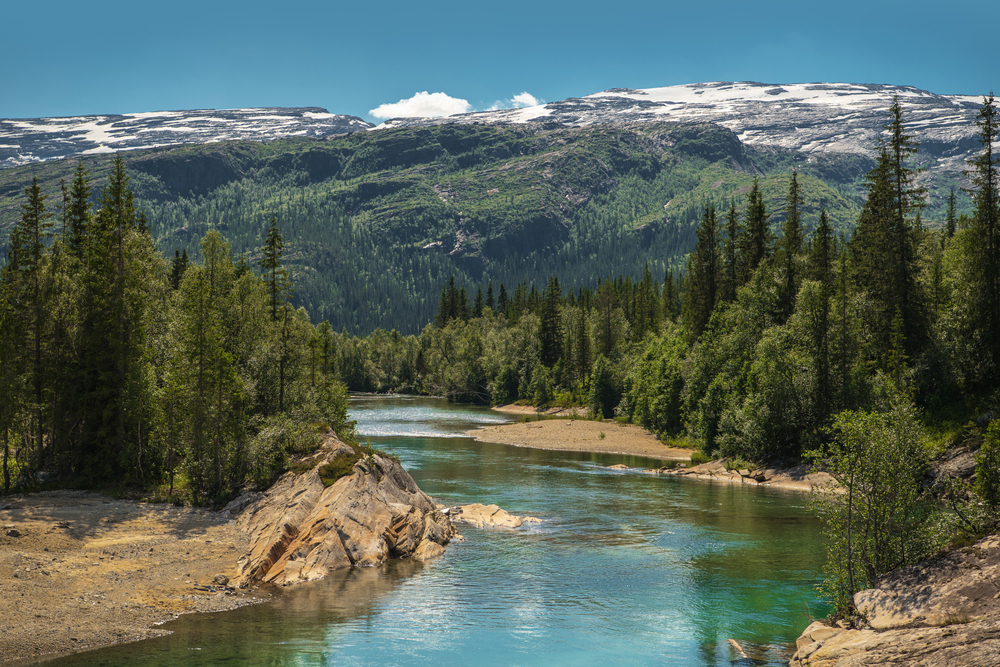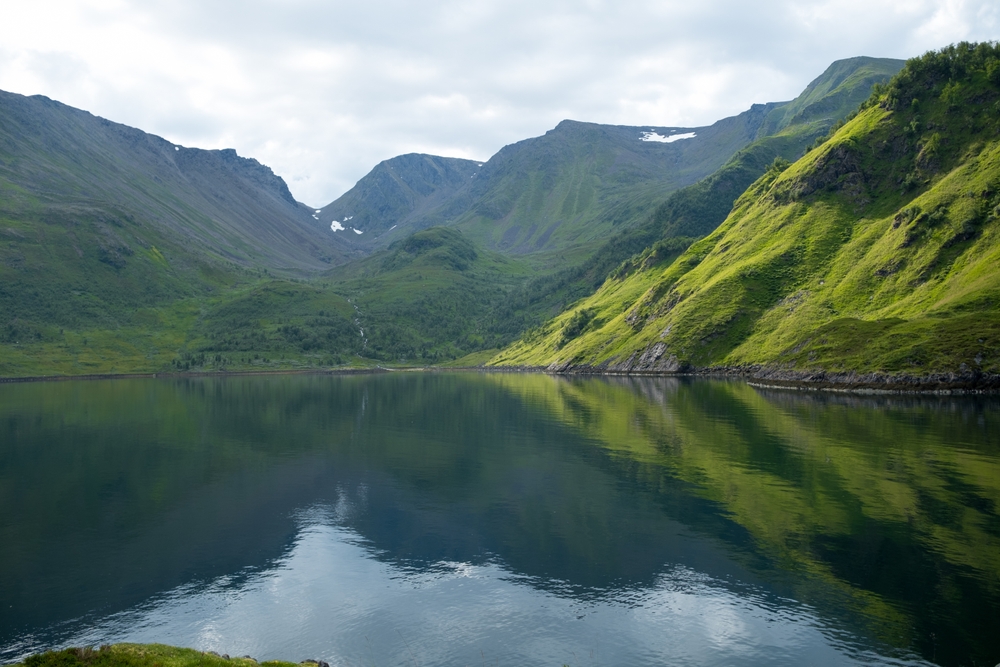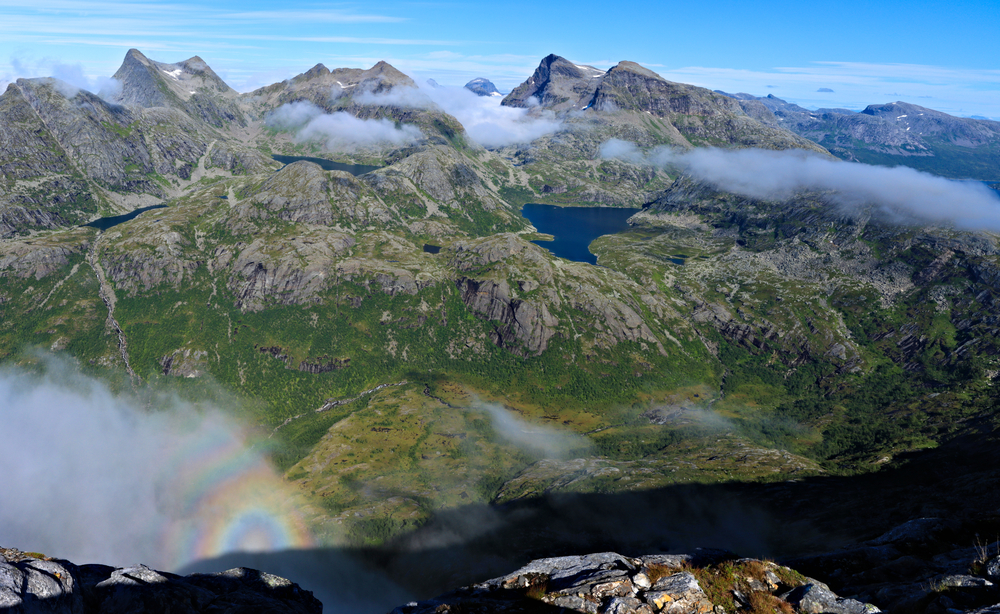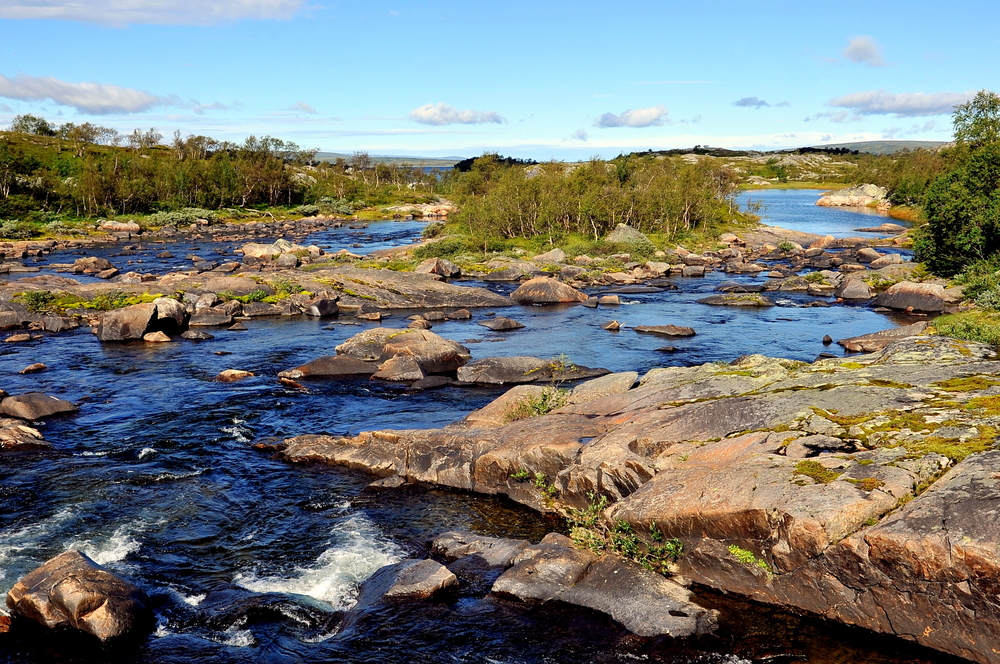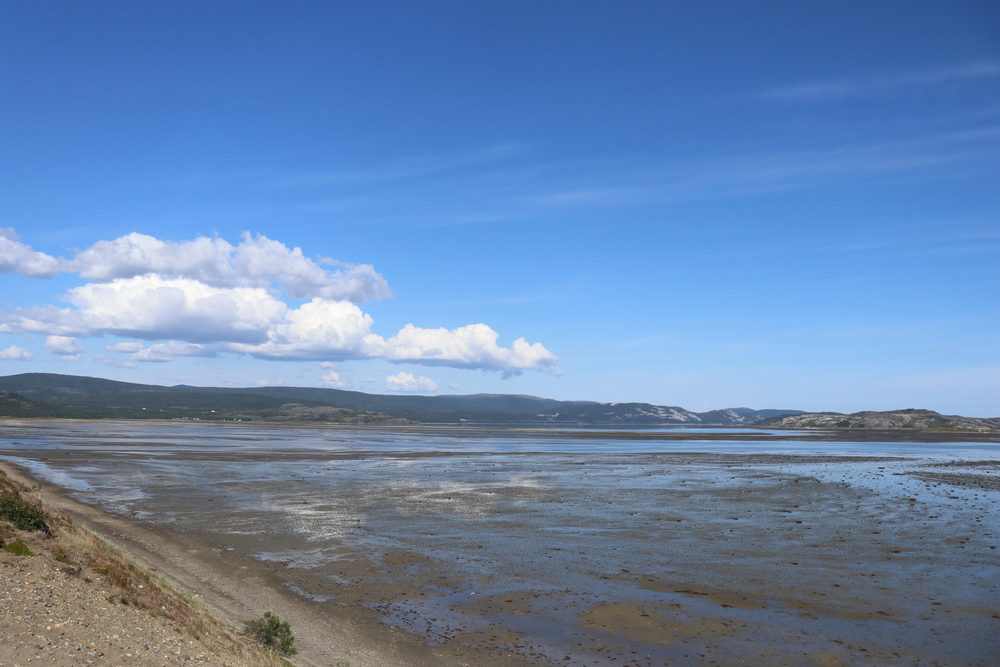Varangerhalvoya Overview
Varangerhalvøya National Park, located in the far northeastern reaches of Norway, covers approximately 700 square miles (1,804 square kilometers). The park, whose name translates to Varanger Peninsula National Park, is a vast and remote expanse of Arctic wilderness situated within Troms og Finnmark County.
Positioned near the Barents Sea and bordering Russia to the east, the park is one of Norway’s most striking examples of Arctic tundra and coastal landscapes. Its isolation and extreme climate create an ecosystem where only the hardiest species of flora and fauna survive, making it a unique destination for nature lovers and adventurers seeking solitude in the high north.
The park’s terrain is defined by a dramatic mix of rolling tundra, rugged mountains, coastal cliffs, and glacially sculpted valleys. Unlike other parts of Norway, which are dominated by towering peaks, Varangerhalvøya has relatively modest elevations, with its highest point being Stangenestind at approximately 2,770 feet (844 meters). The region was heavily shaped by Ice Age glaciers, leaving behind vast, barren plains, rocky outcrops, and river valleys that carve their way through the tundra.
The coastline along the Barents Sea features steep cliffs, rocky shores, and fjord-like inlets that provide a dramatic contrast to the interior’s rolling hills and wetlands. The vegetation consists mostly of Arctic tundra species, with hardy mosses, lichens, and low-growing shrubs such as dwarf birch and cloudberry thriving in the cold, nutrient-poor soils. Forests are largely absent due to the harsh climate, though patches of willow and birch can be found in more sheltered valleys.
Varangerhalvøya National Park is home to an impressive range of wildlife that has adapted to the extreme Arctic conditions. The park is one of the best places in Norway to see the elusive Arctic fox, a species that has faced population decline in many parts of Scandinavia.
The tundra also supports populations of reindeer, both wild and semi-domesticated, which roam the vast landscapes in search of lichen and other vegetation. Other notable mammals include wolverines, red foxes, and hares. Birdlife in the park is particularly diverse, making it a prime destination for birdwatchers.
The Varanger Peninsula is famous for its seabird colonies, with species such as puffins, guillemots, and razorbills nesting along the coastal cliffs. Inland, visitors can spot the rare and strikingly beautiful Steller’s eider, along with snowy owls, gyrfalcons, and rough-legged buzzards. The park’s wetlands and lakes attract migratory birds such as red-throated divers and various species of waders.
One of the most popular attractions in Varangerhalvøya National Park is the opportunity to witness the incredible Arctic light phenomena, including the midnight sun in summer and the northern lights in winter. The region’s lack of light pollution makes it an exceptional place for viewing the aurora borealis.
Hiking and trekking are among the main ways visitors explore the park, with routes leading across open tundra, past glacial valleys, and along the dramatic coastline. Birdwatching is another key activity, with Varanger renowned as one of Europe’s best destinations for Arctic bird species. In winter, the park transforms into a playground for backcountry skiing and snowshoeing, offering a remote and untouched winter landscape.
Despite its natural beauty, Varangerhalvøya faces conservation challenges, particularly concerning climate change and its impact on Arctic ecosystems. Rising temperatures threaten to disrupt the fragile tundra vegetation and alter the habitat of species such as the Arctic fox.
However, conservation efforts have been successful in protecting the Arctic fox population through supplementary feeding programs and the control of competing red foxes. The national park’s remote location and strict protection measures also help preserve its pristine wilderness, ensuring that future generations can continue to experience its wild and rugged landscapes.








































































